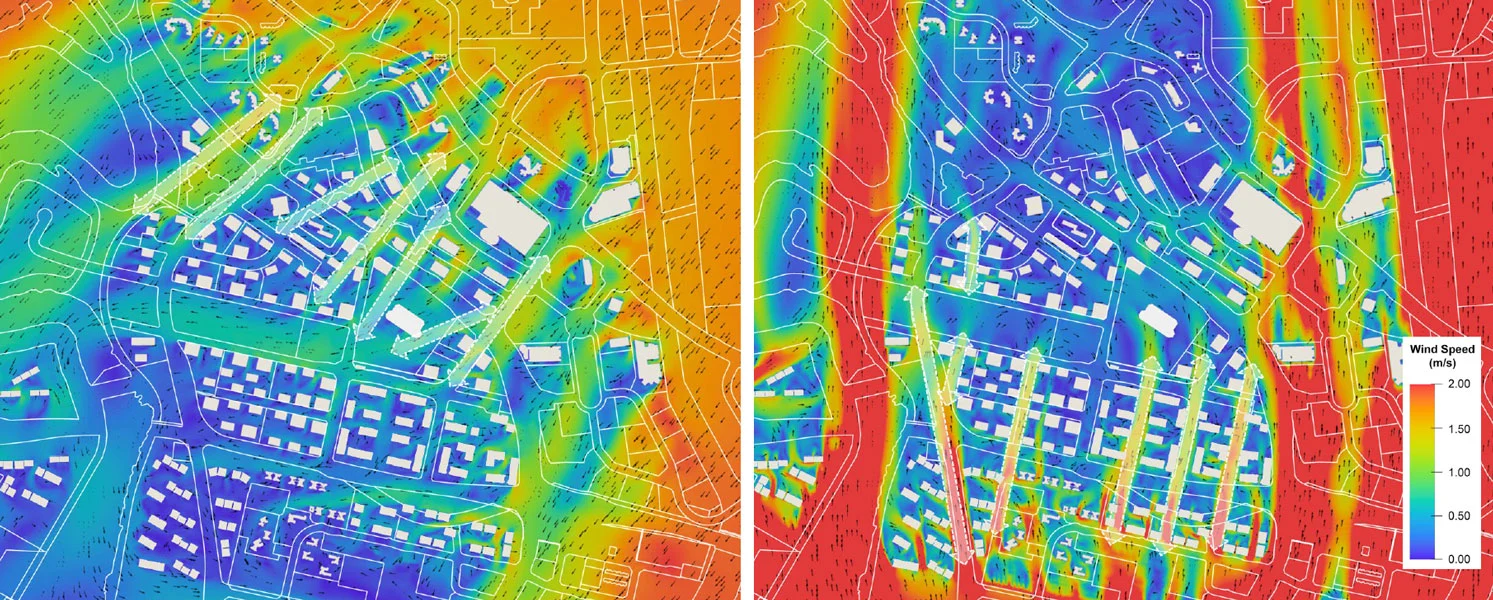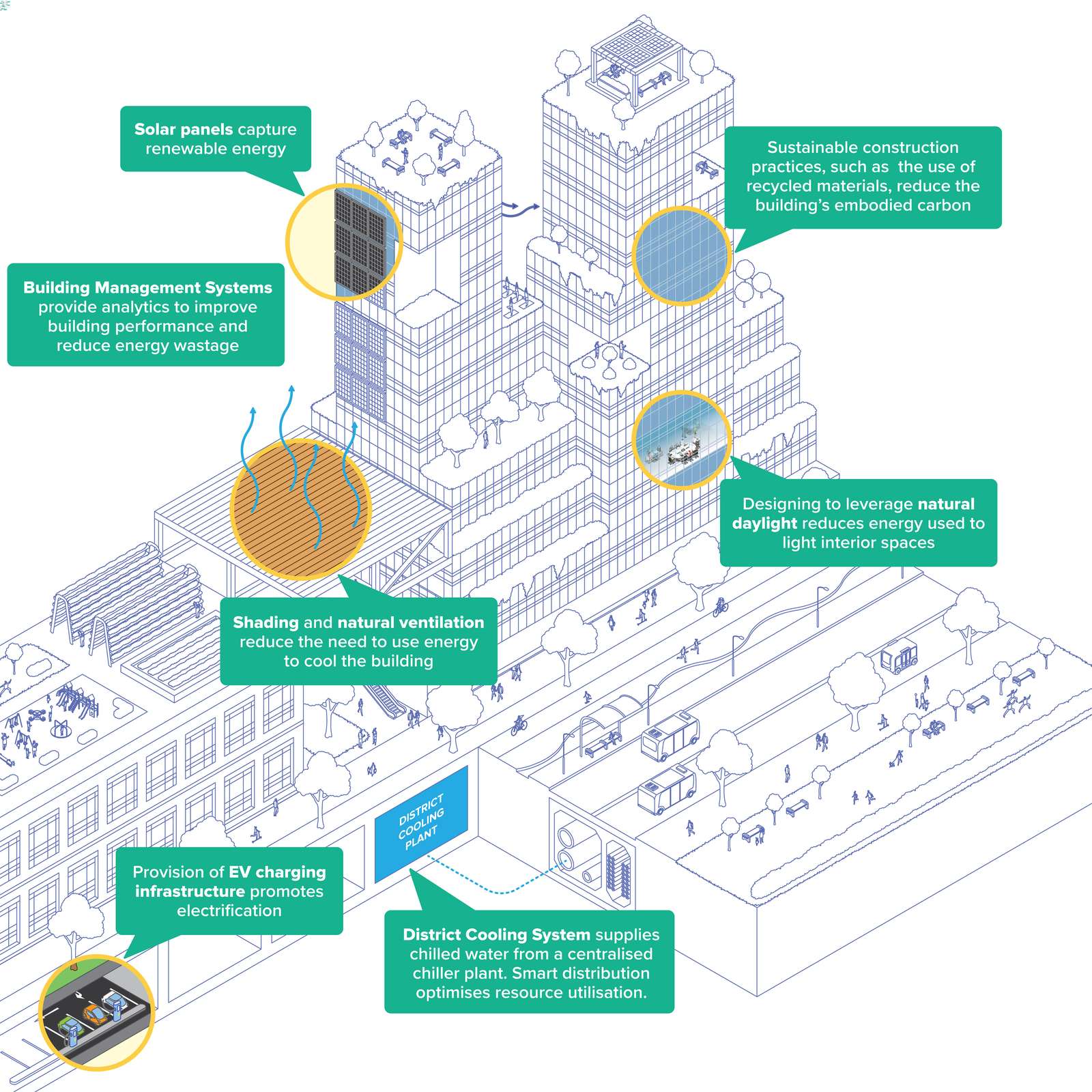08 Dec Cities
Jurong Lake District as a Model Sustainable District
Jurong Lake District (JLD) aspires to be a model sustainable district with the ambition to achieve net zero emissions around 2045 for all new developments.In JLD, at least 85% of all trips will be made by Walk-Cycle-Ride modes of transport. More than 40% of the land will be set aside for parks and waterbodies.
Developments will utilise self-shading and harness prevailing winds to mitigate the Urban Heat Island effect and improve outdoor thermal comfort. Wind corridors are safeguarded throughout the district along the prevailing wind directions to prevent winds from being blocked upstream so that developments downstream can benefit from good air flow, which reduces their cooling load. Environmental modelling analysis will inform building design to optimise thermal comfort.
All new developments will be required to minimally achieve the Green Mark Platinum Super Low Energy rating, optimise on-site solar generation, provide electric vehicle charging infrastructure, reduce car parking provisions and incorporate vertical greenery, sky terraces and landscaping. They also have to use district infrastructure such as the District Cooling and District Pneumatic Waste Collection Systems for a more resource-efficient and cleaner environment.
JLD is also a “living lab” and regulatory sandbox to pilot new urban solutions and refine sustainability initiatives.
Find out more here.

Wind flow environmental modelling of the precinct based on north-east wind (left) and south wind (right).

Artist’s impression of how building design and management can contribute towards achieving net zero emissions.
